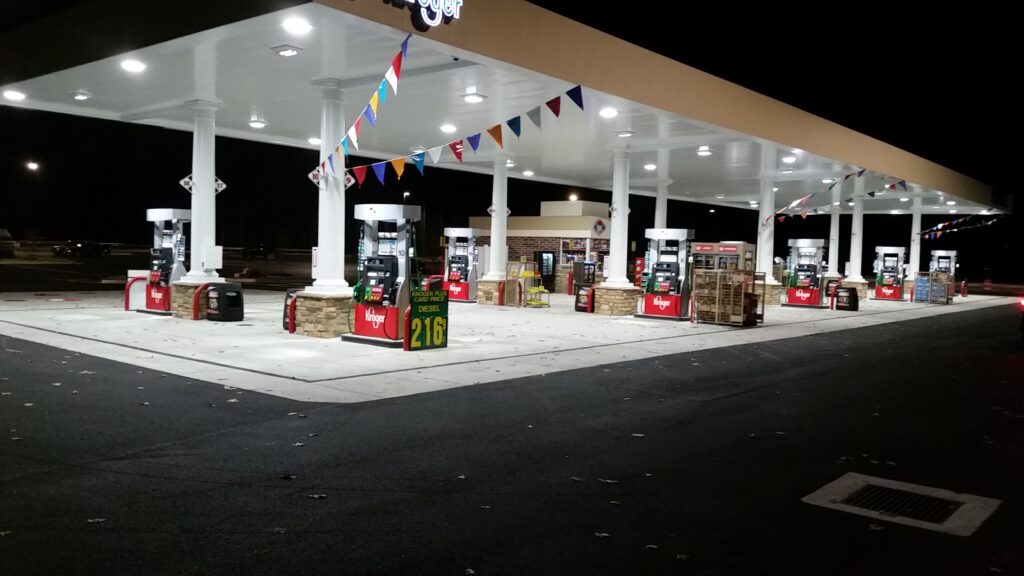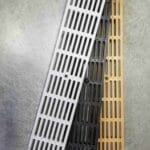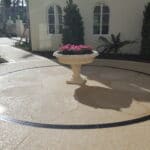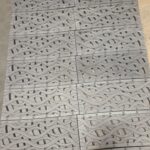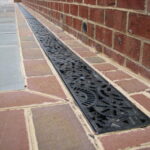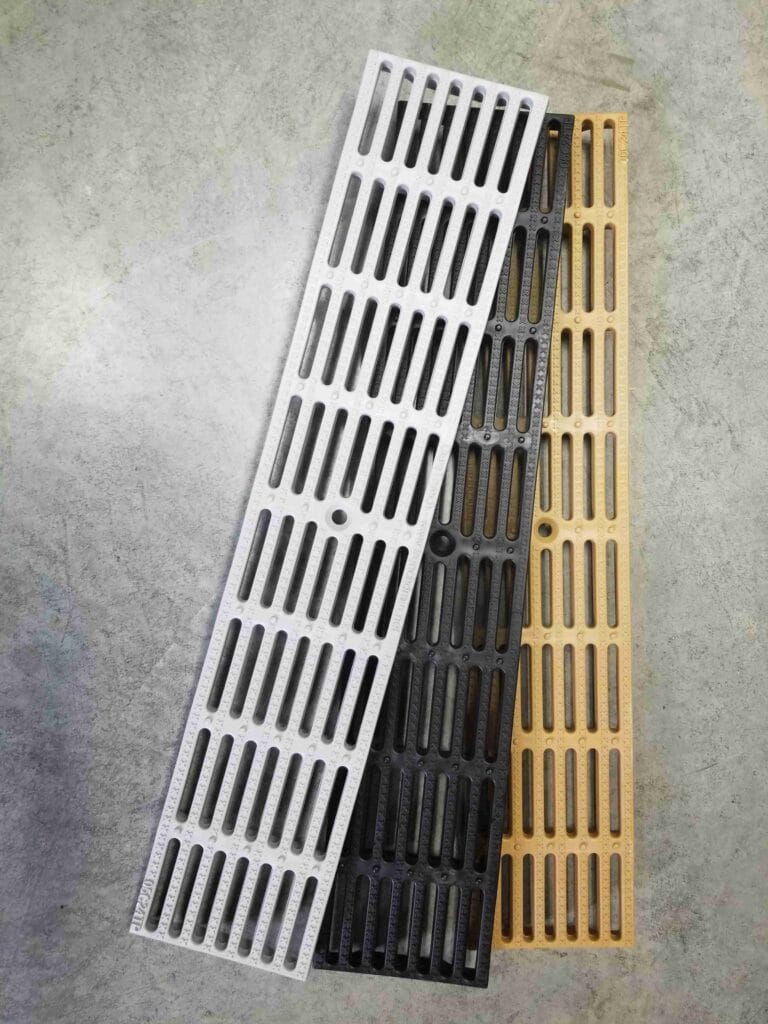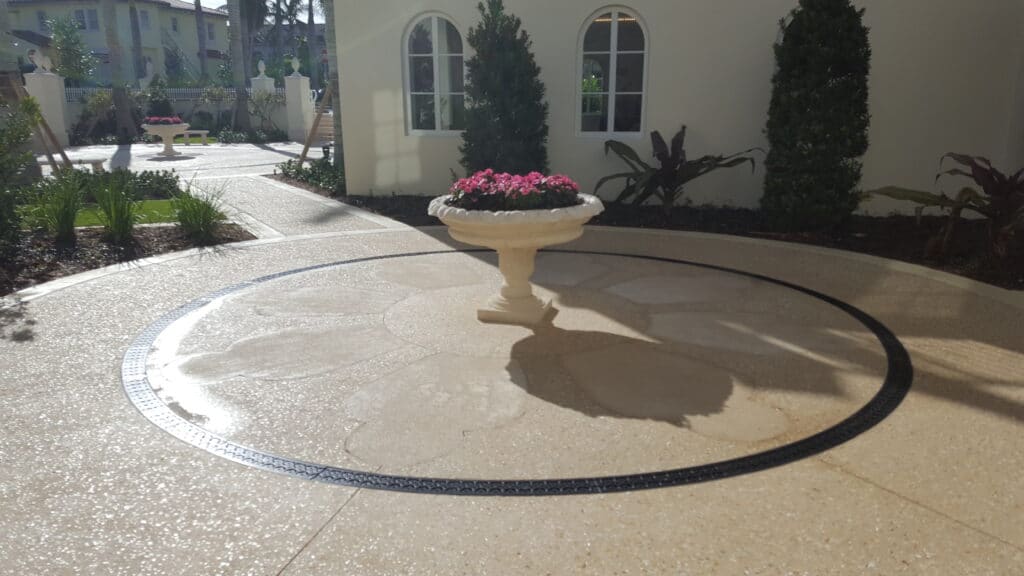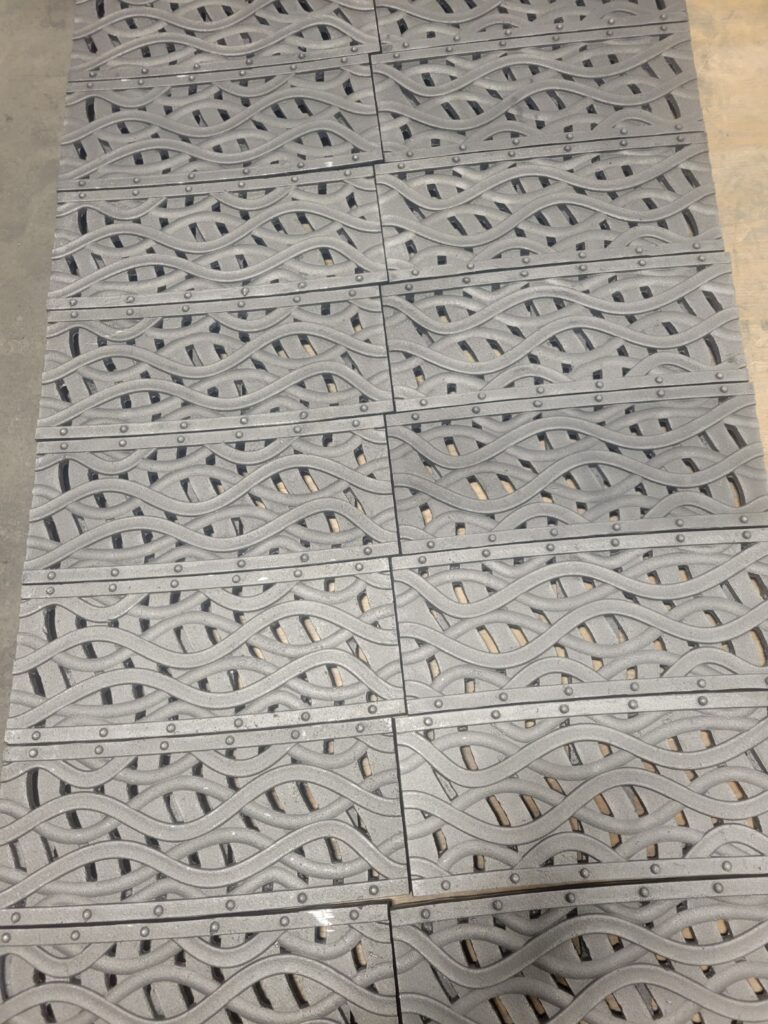Standing water can cause significant damage to your yard and can also impact the well-being of your home’s foundation. Standing water leads to flooding in lower floors of homes all the time, and can cause large areas of people’s yards to be unusable. People’s homes can actually require major repairs related to standing water that is not draining away from their yards.
Taking care of the runoff in your yard can be essential for so many reasons. The correct drainage can make all the difference when it comes to keeping your yard and the foundation of buildings and structures on your property safe from water damage. Installing drainage that will help you handle standing water in a yard is also often easier than people think.
What Causes Standing Water in Yards?
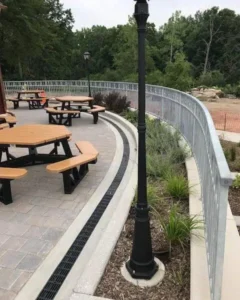 There are many reasons that you might have standing water in your yard. Water leaks, broken pipes, and incorrect grading of your property can all lead to standing water that cannot drain off of your yard or away from your home. Overwatering landscaping can also lead to standing water, and unkempt lawns can hold onto water that would otherwise drain off the yard. Managing standing water requires a combination of management strategies.
There are many reasons that you might have standing water in your yard. Water leaks, broken pipes, and incorrect grading of your property can all lead to standing water that cannot drain off of your yard or away from your home. Overwatering landscaping can also lead to standing water, and unkempt lawns can hold onto water that would otherwise drain off the yard. Managing standing water requires a combination of management strategies.
However, the most common reason that people struggle with standing water in their yards is that they do not have the right drainage installed to handle water runoff. Drainage is key to maintaining a water-free yard. All of the yard management and home care in the world will not compensate for a lack of drainage to help get water drained properly into storm sewers or other outlets.
When you take the time to place the right kinds of drainage for your specific needs, you will be able to protect your yard from damage and keep unwanted moisture away from the structures on your property. There are many kinds of drainage solutions that can help you deal with this problem, such as trench drains or even slot drains.
If you have a water feature in your yard like a fountain, or you have a swimming pool, these areas will also need additional drainage to help ensure that any water spilled in these areas is correctly funneled away from the other parts of the yard. Radius drains, and curved drains of other kinds are perfect for these kinds of areas in a yard.
Does Yard Maintenance Matter in Preventing Standing Water?
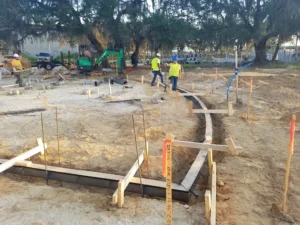 Yard maintenance is a critical aspect of keeping water from collecting in your yard. You will have to commit to this kind of maintenance as well as the installation of the correct drainage in order to keep standing water off your property. Unless you live somewhere that does not get precipitation throughout most of the year, gutters, yard areas, and water features in your yard will need correct maintenance in order to ensure that you don’t have to struggle with puddles or other water-related problems.
Yard maintenance is a critical aspect of keeping water from collecting in your yard. You will have to commit to this kind of maintenance as well as the installation of the correct drainage in order to keep standing water off your property. Unless you live somewhere that does not get precipitation throughout most of the year, gutters, yard areas, and water features in your yard will need correct maintenance in order to ensure that you don’t have to struggle with puddles or other water-related problems.
Many people hire a yard maintenance service to help them keep up with these tasks. You might need to commit to this kind of investment as well, alongside your efforts to install improved drainage on your property.
How Do I Choose the Right Kind of Drainage for My Yard?
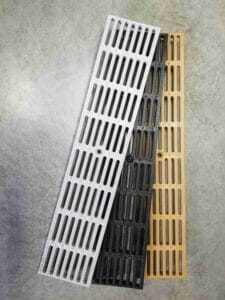
It can be daunting to try and select the right kind of drainage to resolve your problem. You should always consider working with a professional team to help you to pick the right drainage type and then install the drainage solution at your location. Installation experts can make a big difference in the success and long-term performance of your installed drainage once it is complete.
There are various factors that can impact the size and style of drain that you need for your drainage issue. Trench drains can be ordered in many different sizes and with many different kinds of covers or grates. Some grates can also be made to be decorative so that your yard looks its best and is kept dry at all times.
Learn more: 4 types of trench drain systems for yard.
In some cases, a combination of improved French drains and other drainage solutions can work best working alongside your trench drains to manage standing water in your yard. Landscaping can hold onto water, and you cannot always place trench drains in planted areas where water tends to want to be trapped without draining. Changing out some of the landscaping to plants that have more favorable root systems can also help with problem areas in the yard.
The total maximum volume of runoff that needs to be managed and the grade and shape of the area in question also help to determine which kind of drainage you will need to install. These calculations can be made by an expert who comes to your location, assesses your situation, and provides solutions that you can use to deal with your standing water problem.
Getting the right size and shape of trench drain is one of the most essential parts of the installation process. Trying to figure out these calculations on your own is often not ideal unless you have lots of experience. Dura Trench can help you to access the proper size and shape of drain that you need for your home or business.
Minimizing Water Buildup in Your Yard Requires a Combination of Strategies
Water buildup in your yard can lead to damage to your home as well as your landscaping. You need to make sure that you are caring for your property correctly and that you are using the right combination of drainage types to prevent standing water from overtaking your yard. Adding trench drains and other kinds of drainage within your landscaping can ensure that you do not have to deal with lakes of water anywhere near your home.
Preventing damage to your home and your yard requires that you make sure that you don’t neglect the drainage that is installed on your property. Dura Trench can help you install the right drainage to care for your yard and keep your home or business in great condition for years to come.



